- Details
- Written by Atanas Kostov
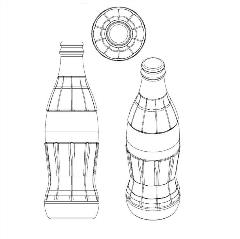
Three-dimensional trademark or industrial design?
The theory and practice of patent law overlap with the view that the doctrinal and factual three-dimensional mark and design actually achieve the same legal result - the defense of the image of an object. However, the differences in the legal effects of the registration of the two objects of intellectual property are significant and should be explored in depth, with the idea to properly structure a strategic decision, on the most adequate means of defense for dealing with in a particular case. From this point of view, I find this topic particularly interesting because it is the basis for solving legal issues of a theoretical and practical nature that concern the correct registration of a product's vision, depending on several important criteria:
- how much it has been used and has become commercially recognizable prior to the date of its filing as an industrial property;
- how many images should the protection cover;
- target time as the speed of the registration;
- what is the duration of registration required by the applicant;
- should the pre-selected remedy be in line with any possible future legal disputes that would have been sorted out when there is an improperly chosen intellectual property subject to the application or registration.
- Details
- Written by Atanas Kostov
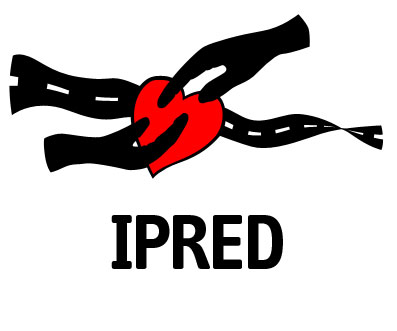
"Internet Intellectual Property Law" in Bulgaria? Internet law. Internet attorney in Bulgaria.
In the 21st century, literally every social, business, political, and cultural aspect of life is mediated by online space. This means that behind every everyday activity stands an online platform - a website, a blog, an Internet mobile application, and so on. The Bulgarian social reality shows that offenses / crimes aimed at copying, using, reproducing, distributing, hacking, breaking the integrity and functioning of online works are a practice that is completely neglected, legally unsettled, and therefore devoid of any clearly structured legislative sanction, therefore prevention. It is correct to note that there are some legal norms in the Bulgarian legislation which concern the commented subject, but they are in different material laws and provide for separate abstract hypotheses that do not communicate with each other and thus remain some "mutilated" legal constructions without real practical significance.
All of this naturally leads to the total unproductiveness and almost zero efficiency in the work of specialized prevention bodies in the face of, for example, in the computer crime sector of so called “GDBOP”, due in particular to the lack of an adequate legal framework from a substantive point of view and respectively the lack of powers from a procedural point of view. This article aims to precisely identify these problems and to define what has been achieved so far internationally to justify the real need for such a legislative initiative in Bulgaria, which is justified not only in the present but also especially in the future, given the obvious all-round digitization of public life. Here I would like to point out the fact that the legal focus on online space and its problems has been placed in Western Europe and the US in the mid-1990s, i.e. the Bulgarian legislation is late for nearly 20 years to place emphasis on lawmaking in this sphere. I would like to mention that when in 2009 at a intellectual property conference, I started to speak on the subject of this article, I was greeted with silence and misunderstanding by a strictly professional audience that made me feel like a "stranger in my own." Unfortunately, there is no feedback between the online industry and lawyers, intellectual property specialists, which leads to a lack of communication and an option for a meeting of opinions, concepts and views to identify the specific problems to be solved. That is why, up to this day, I continue to insist that an "Intellectual Property Law on the Internet" must exist in the Bulgarian legislation, taking into account the balanced interests of users and rights holders, and in this context, the different options to the positive legal behavior of the different legal entities and a corresponding sanction in respect of offenses and crimes directed against copyright works and various technical and software platforms, object of intellectual property based on the Internet.
- Details
- Written by Atanas Kostov
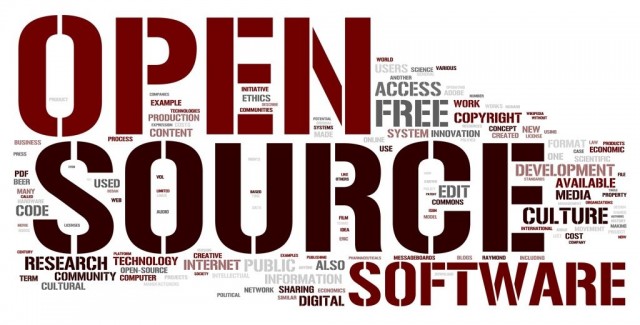
The open source software changes the content of the concept of licensing. Currently, this institute is governed by a new sphere of copyright law (mostly in the Anglo-Saxon legal doctrine), which means that it is developing rapidly and its legal qualification is relatively complex due to theoretical and technical considerations. The Source Code is a work similar to a literary and resembling a written book created by one or several authors, which also complies with the wording of Article 10 of the Berne Convention ("computer programs, whether original or object-oriented, are protected as literary works in the framework of the Convention "), the same opinion being later reflected in Article 10 (1) of the Agreement on Trade-Related Aspects of Intellectual Property Rights. Thus, the source code becomes an author's work automatically with its creation, with the respective authors, regardless of whether it is registered somewhere or not, and the author decides whether to distribute it in the public and in what way. This distribution does not give users of the source code any rights other than to use it.
Some authors use this way: for example, the Qmail Internet Mail is developing in a similar way. Users can download the main content and use it but cannot create similar works and distribute them. That is why the authors of Qmail distribute it through the so-called patches of the original source code, which is the equivalent of an added chapter from a book without the original content; therefore, the final user is responsible for collecting the individual pieces in a block that makes sense. The key point here is that the added chapters, the so-called source code patches, are copyrights of the respective "relative" followers. So, they cannot redistribute Qmail with their patches, as Qmail's primary author cannot spread patches through Qmail without the patch writer. The foundation of the software-licensing concept is the Free Software Foundation (FSF), which was created in 1985 in the United States, and it is committed to promoting the rights of use, study, copying, modifying and distributing of computer programs among computer users. FSF presents the development and use of free software, especially the so-called GNU (GUI) operating system, widely used in its GnU / Linux version. The GJU project started in 1984 with the idea to develop and complete Unix as an operating system representing free software of the GI-U system. The types of GJU operating systems that use the kernel called Linux are the most widely used at the moment. That's why these systems are often referred to as "Linux," but it's right to call them "GnU / Linux" systems. Contemporary practice shows that all major companies are turning to investing in free software, even the computer mastodon “Microsoft”, who was particularly conservative in this direction. Some authors are on the opinion that in this context copyright is a serious obstacle, but to me it is the opposite - it is the legal way to protect and guarantee the creation of works on the basis of cooperation (co-authorship), because each author has copyrights and control over the distribution policy with regard to its individual parts of the "common" work. In this hypothesis, there is a so-called divided co-authorship in which each of the co-authors has participated in the creation of a part of the work, and this part can be distinguished as an independent work. If all the authors agree on the licensing rules, a co-author work is produced and everything is fine, but if not, a complex legal situation occurs. The "Open Source" license is this agreement that puts things in place regarding the distribution policy so that before they start distributing, the authors agree that they will work in a joint co-author project. Each author has to accept the terms and conditions before the project is distributed, and each individual author must be technically involved in the outcome of the license agreement whenever it is changed.
- Details
- Written by Atanas Kostov

Fashion business is one of the industries in the modern world, behind which hundreds of billions of dollars of money come from the global economy. Statistics show that some of the richest companies in the world are fashion giants such as ZARA (valued at 66 billion dollars), Luxottica Group (the largest glass-making company under the brands Hut, Ray -Ban "and" Oakley "," Burberry "," Chanel "," Prada " and " Versace "- estimated at $ 30 billion), LVMH (70 luxury brands like Louis Vuitton and Hennessy, - estimated at $ 28 billion), H & M (estimated at $ 26 billion), and so on. Behind the commercial success of these companies naturally stands the protection afforded by their intellectual property, which is strictly defended all over the world. The way this protection is structured as a legislative basis and practice is the subject of this article.
1.Copyright Law and Fashion. In accordance with the principles of the Berne Convention, any original work of art is automatically protected by copyright worldwide, and this also applies to the works of fashion design under Article 2, paragraph 7, of the Convention. Obviously, the copyright object of protection that concerns fashion is the artistic design of any garment, shoe, hat or belt, and parts of it. Copyright laws worldwide, including the Bulgarian Copyright and Related Rights Act, protect original prints and patterns, unique colors and new combinations of graphic elements used for clothing and accessories. Each legislation builds in this context certain specific rules.
1.1. Copyright Law on Fashion in the United States. US Copyright Act advocates that fashion design can be protected only if and only to the extent that the protected design includes identifiable picture, graphic, or sculptural elements or exist separately and are capable of being perceived independently by the utilitarian aspects of the article itself - such as a belt. The American courts accept in this context that an element of the design is virtually separable in two cases:
- when the design itself can be removed from the garments and sold separately (e.g. belt buckle);
- where the design as such is a conceptually separable part, consisting of artistic and artistic features which do not contribute to the immaterial aspect of clothing and entail its different functionality (for example, a Halloween costume).
In 2006, The US Congress was introduced to discuss the "Innovative Design Protection Act", better known as the "Fashion Bill". Until 2012 He underwent six changes as soon as his final version is expected.
- Details
- Written by Atanas Kostov
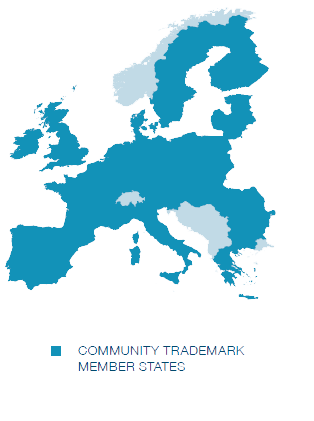
Trademark registration in European Union. Trademark attorney in EUIPO.
A European Union Trade Mark (EUTM) is any trademark which is pending registration or has been registered in the European Union as a whole (rather than on a national level within the EU).
The EUTM system creates a unified trademark registration system in Europe, whereby one registration provides protection in all 28 member states of the EU. The EUTM system is unitary in character. Thus, an objection against an EUTM application in any member state can defeat the entire application, an EUTM registration is enforceable in all member states.
The EUTM system is administered by the European Union Intellectual Property Office (EUIPO), which is located in Alicante, Spain (see also trade mark law of the European Union).
The Community trademark gives its proprietor a uniform right applicable in all 28 Member States of the European Union on the strength of a single procedure which simplifies trademark policies at European level. It fulfils the three essential functions of a trademark at European level: it identifies the origin of goods and services, guarantees consistent quality through evidence of the company's commitment to the consumer, and is a form of communication, a basis for publicity and advertising.
- Details
- Written by Atanas Kostov
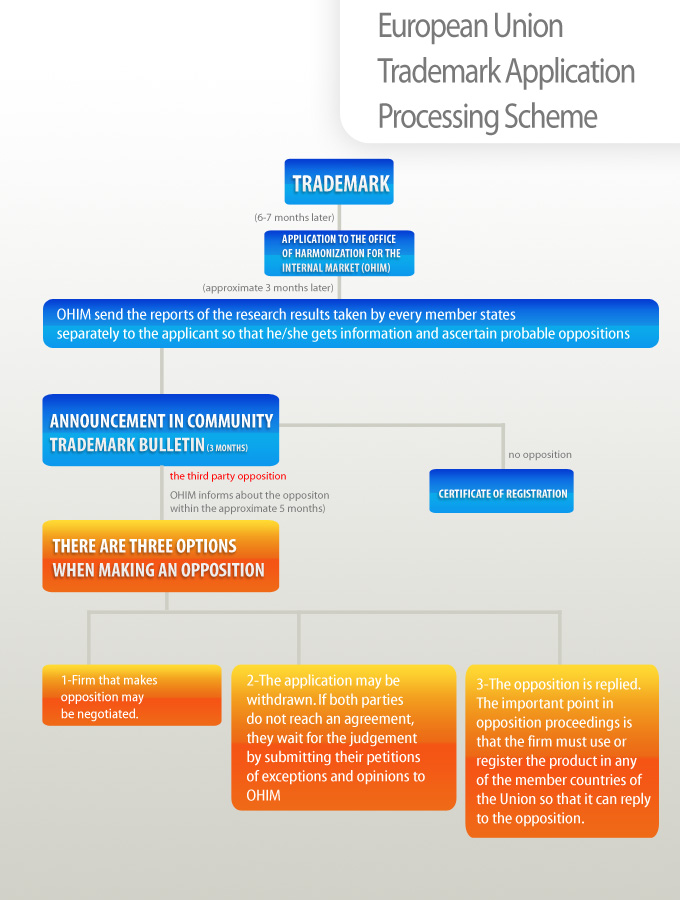
Trademark opposition. Trademark attorney in EUIPO.
Notice of opposition may be filed within a period of three months following the publication of the Community trade mark application. The official publication date is that which appears on the front cover of the Community Trade Marks Bulletin. The notice of opposition and payment of the opposition fee EUR 350 must be received by the EUIPO within this time limit.
EUIPO accepts a notice of opposition against a CTMA that is received by fax and/or post before the CTMA has been published; thus before the commencement of the opposition period. The opposition will be kept on hold and be deemed to have been filed on the first day of the opposition period, namely the first day after the publication of the CTMA in part A1 of the CTM Bulletin.
Payments must reach the EUIPO within the time limit specified for filing opposition, which is three months. However, provided that all the steps necessary for effecting payment are taken within this time limit, the Fees Regulation allows for payment to be considered as made on the condition that the following requirements are met: where payment is made by bank transfer, the payment order must have been given within the aforementioned time limit. However, if the payment order has not been made within the last ten days of the time limit specified, a surcharge of 10% will be payable.
The EUIPO has published Guidelines concerning the opposition proceedings which attempts to explain in detail the practical application of the provisions of the CTMR and the Implementing Regulation governing opposition proceedings. In addition, a form for filing notice of opposition is available from the Office, containing relevant explanatory annotations.
- Details
- Written by Atanas Kostov
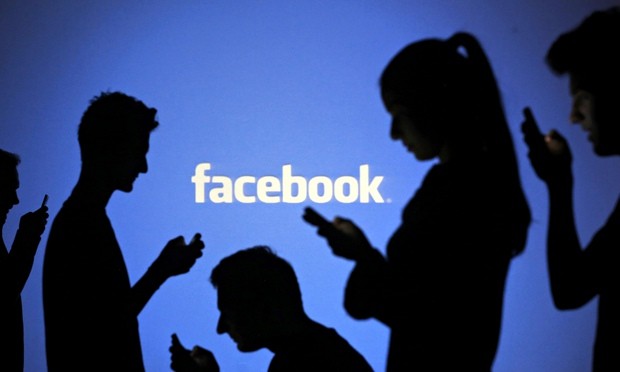
Copyrights on Facebook. Copyright attorney in Bulgaria.
The social network Facebook became a social phenomenon that accumulates much of the contemporary social, business, and cultural life of the world. Background information indicates that the site was created by Mark Elliot Zuckerberg, described as a genius programmer while still a teenager, and creator of projects like "Zucknet" (a primitive version of AOL instant messenger), a media player, called "Synapse Media player" (in which Microsoft showed interest), the program "Course Match", which helps students to choose courses, and the so-called "first Facebook"- the site Facemash. This internet site allowed users to compare pictures of classmates and select the one that is "coolest.” Facemash worked just one weekend because of huge site traffic overloads caused an interruption of internet service at Harvard (where Zuckerberg was a student at the time). Post factum Zuckerberg was criticized for this by the student newspaper, as well as classmates, because he used their photos without proper authorization. Given these negatives, Mark Zuckerberg started programming Facebook which was launched on the Internet from his room at Harvard on Feb. 4, 2004. At present, this internet site is owned by Facebook Inc., based in Silicon Valley, California, USA. On 21 July 2010, the youngest billionaire in the USA - Mark Zuckerberg (6.9 billion dollars personal assets) officially reported that the site has reached 500 million users worldwide. An interesting fact is that in 2010, Steven Levy - author of the book "Hackers: Heroes of the Computer Revolution", said that Zuckerberg described himself as a "hacker.” Therefore, at present, Facebook Inc., holds contests called "hackathons" every two months. The goal is for participants to program, present, and complete a software project in a single night. Facebook provides music, food, and beer, and the event is usually attended by participants of the Facebook site, including Zuckerberg. Some people say that Zuckerberg used these hackatons to recruit employees for his company in the beginning, and even today.
- Details
- Written by Atanas Kostov

Trademarks on Internet. Trademark attorney. Internet attorney.
Bulgarian Law on Marks and Geographical Indications, and most jurisdictions in the world to regulate the trade mark has not yet responded to calls from the practice needed to regulate disputes in violation of a trademark that has made the internet. The fact that businesses evidently shifted dynamic entire advertising and commercial potential of the Internet, requires adequately address the problems of the trademarks used on the web, in order to fend off unscrupulous practices of third parties in the future, geared to trademark holders. . This statement is intended to indicate some of the major problems that occur when violations of trademark rights on the Internet and provide reasonable suggestions for legislative changes and practical ways to avert future abuses.
Disputes concerning the conflict between domain name and trademark. Technical features and characteristics. In modern times, domain names have become of the business identifiers and as such is often in conflict with the system of rights, subject to intellectual property, in particular - trademarks. In most cases, disputes arise concerning domains based on good faith registration of trademarks by third parties as domain names. For example, the domain of a website for Internet services are registered as a word or a combined brand that fully includes or incorporates by word element corresponding domain.
- Details
- Written by Atanas Kostov

Novelty and originality of the industrial design. Practical problems and solutions.
Following recent amendments to the Law on Industrial Designs ( ZPrD ) , entered into force on 12 February 2011. , The Patent Office has not made ex officio examination of absolute grounds regarding how a declared design meets the mandatory requirements of the novelty and referred down in Article 12 and Article 13 of ZPrD . In the previous edition of the Design Act and its previous Article 37 (from SG 81 of 14 September 1999 . To Am . - SG . 73 of 2006 , effective 06.10.2006 , amended . - SG . 35 of 2010 , in force from 12.02.2011 ) was expressly provided that the substantive examination should verify all applied for and the earlier identical designs on the territory of the Republic of Bulgaria, and globally in order to give an opinion on the case of Article 3, Article 11, Paragraph 2, Article 12 and Article 12 , paragraph 2 of ZPrD . If in this context, the expert discovered grounds for refusal of registration of the design, or part thereof , the applicant shall be informed of the reasons for the Patent Office and shall be provided a three month period for objection. After Discussed changes from 2011. in ZPrD of expertise is essentially passed to the registration system of the design applied by national order. This new legislation was enforced mainly due to the need for harmonization of national legislation with the system of registration of Community designs pursuant to Regulation № 6 /2002 EC .
- Details
- Written by Atanas Kostov
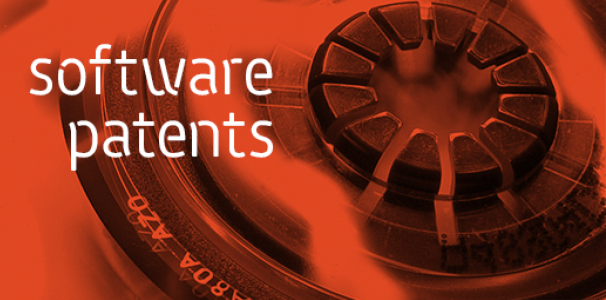
Software patents. International regulations. Software attorney in Bulgaria.
The topic of software patents proved controversial and very interesting in modern times due to the intermingling of serious business interests with consumer rights and the authors of the software works that need protection . On the other hand the existing problems relates purely legal collisions occurring in existing contradiction between the doctrine and the overlap in that rule concerning the copyright regulations of the software as a literary work (according to Article 10 of the Berne Convention - see . Editing from 1971 . ) As opposed to Anglo-Saxon principle view that software can be fit proprietary , ie patentable . The text of Article 10 of the " Berne Convention for the Protection of Literary and Artistic Works " is explicitly enshrined rule that " computer programs , whether in source or object be protected as literary works under the Convention ." Several years later, in standard conditions, the World Intellectual Property Organization , published in 1978, reflected the definition of the term " computer program " as " a series of instructions that are embodied in a machine readable medium , so as to make the machine that has the ability to process information , to indicate execute and achieve a particular function , task or result." It can be considered that this is the definition and the notion of "software." This conclusion was reached because of the fact that the title of "generic terms of "World Intellectual Property Organization is the " protection of computer software." Background This leads me to the view that the international system of software patents has developed in different countries of the world with different dynamics , the concept of their legislative framework is in change . They range from the initial installation of the software as being fit first object of copyright and then patent law , to modern - think highly exaggerated argument that software as a success of the creative industries and science should not be " monopolized " by patents business and has become one of the free and free achievements of society.
1.Software patents in the Anglo -Saxon patent system. Patent law of the United Kingdom at present is entirely consistent with the meaning of " European Patent Convention" , in this sense, computer programs are beyond the scope of patentability requirements . Case law of England , however, argues that the alleged invention can be viewed as a patent only if it provides a real contribution , which is of a technical nature . Therefore, a computer program concerning concepts for business process can not be registered as an invention , but a computer program to implement the industrial process may be suitable object of patent law.


